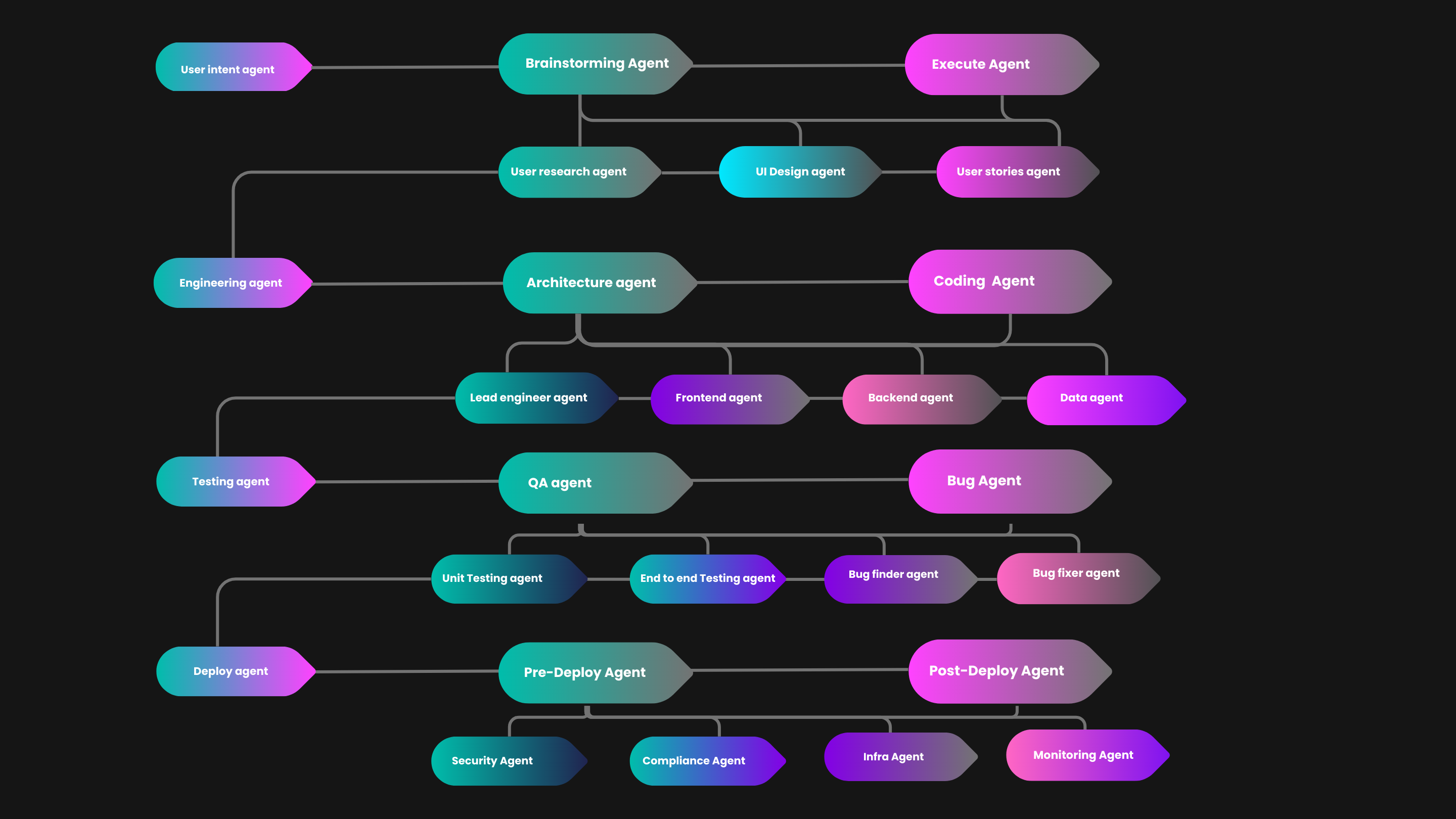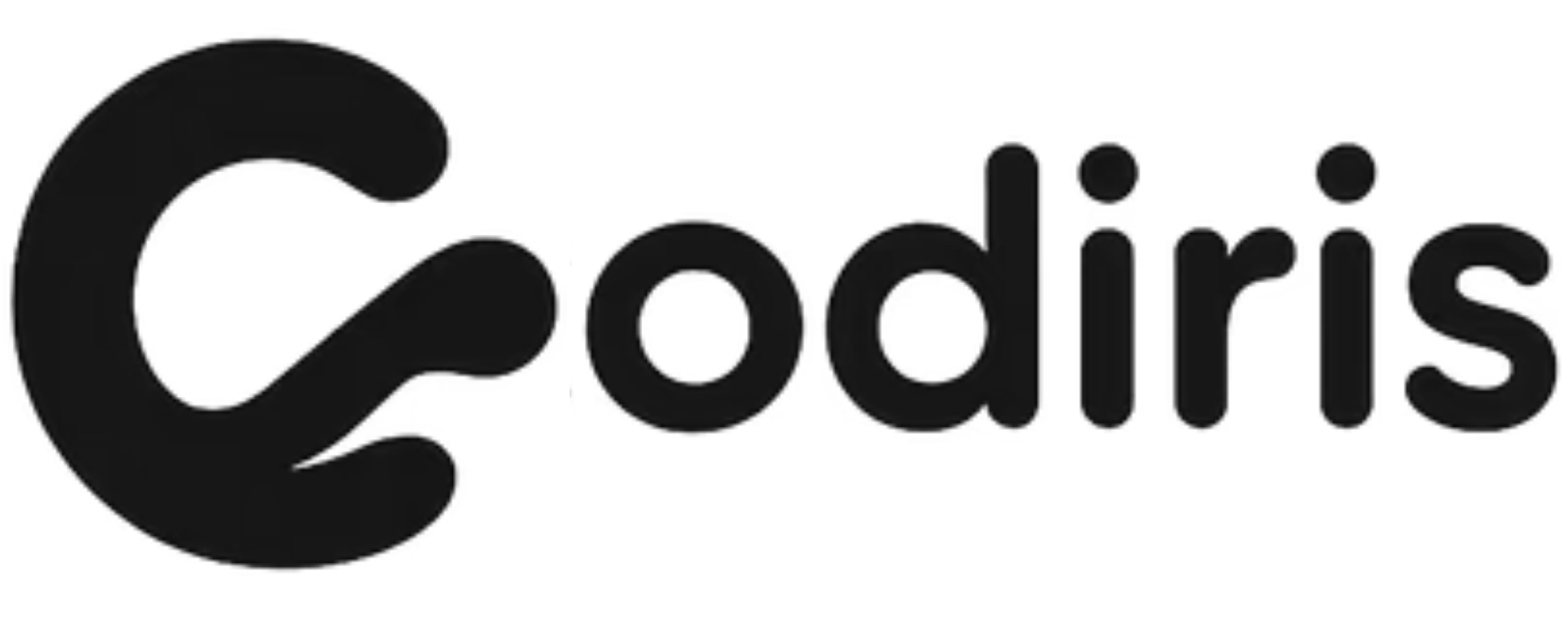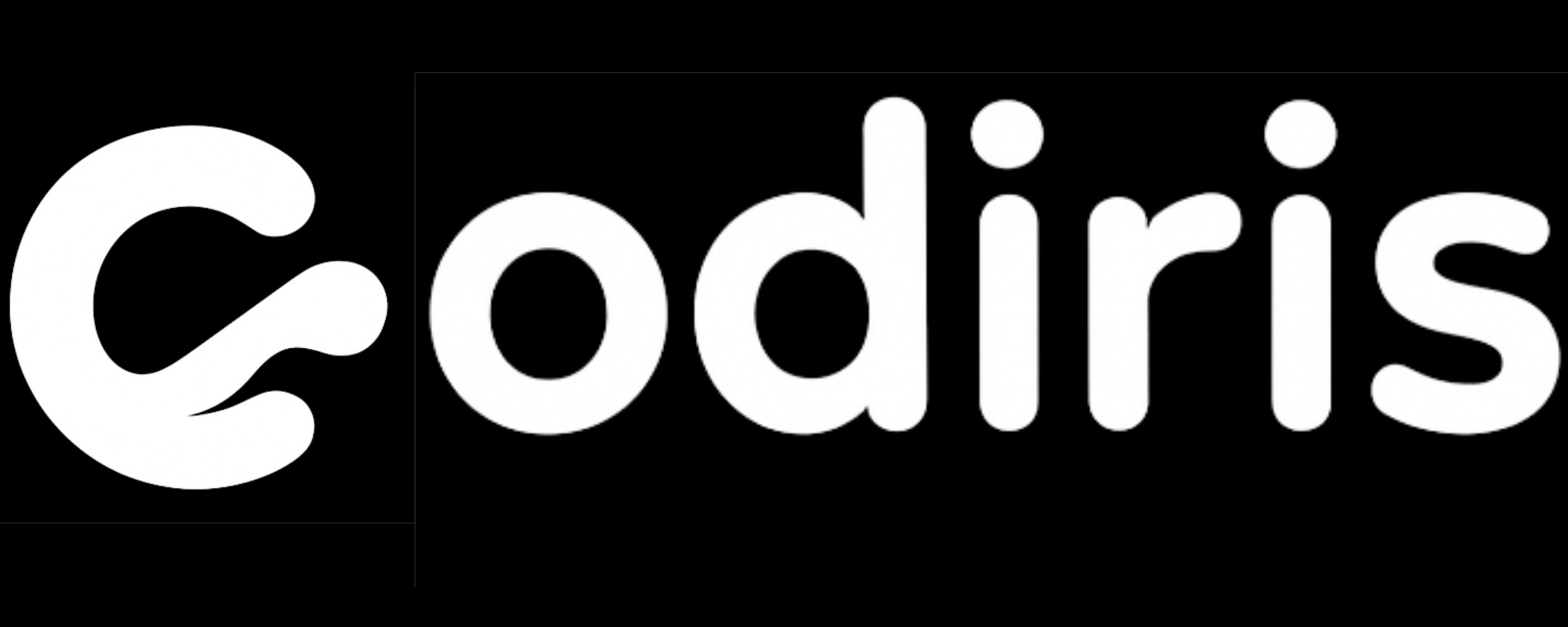Skip to main content1. Agent Options (UI Phase)
Overview
Codiris agents adapt to the complexity of your design task. You can select the right “thinking level” for your project phase.
Agents
- Fast
- Best for small tweaks or rapid refinements.
- Lightweight computation for speed.
- Example: “Change the button color to blue.”
- Medium Thinking
- Balanced between speed and depth.
- Ideal for full websites or medium-complexity changes.
- Example: “Generate a landing page with signup, pricing, and blog.”
- High Thinking (available for paid users)
- Deep reasoning for complex foundations.
- Builds strong design systems and multi-layered apps.
- Example: “Create the first version of a SaaS dashboard with role-based access.”
Recommendation
Start with High Thinking for a solid base → Switch to Fast for refinements → Use Medium for full websites.
2. Multi-Agent System in Codiris
Codiris doesn’t rely on just one AI model it uses a multi-agent ecosystem, where each agent specializes in a specific role (designer, researcher, coder, tester, PM, etc.). These agents collaborate, hand off tasks, and even debate solutions to reach the best outcome.

- Specialization → Each agent is tuned for a domain (e.g., Research vs. UI vs. Coding).
- Parallelization → Multiple agents can work at the same time to accelerate delivery.
- Checks & Balances → Agents critique each other’s output, reducing errors.
- Human-like workflows → Mimics how real product teams (PM, designers, engineers) collaborate.
🧩 Types of Agents
- Research Agent → Collects market data, competitor insights, trends.
- Design Agent → Creates wireframes, branding kits, UI mockups.
- Coding Agent → Writes, tests, and optimizes production-ready code.
- Testing Agent → Generates unit/integration tests, runs QA scripts.
- Deployment Agent → Handles CI/CD, pushes builds live.
- PM Agent → Organizes user stories, prioritizes backlog, manages versions.
🔄 Collaboration Modes
- Sequential Mode
- Agents pass work to each other in order.
- Example: Research → Stories → UI → Coding → Testing → Deployment.
- Best for structured product development.
- Parallel Mode
-
Multiple agents work simultaneously on different aspects.
-
Example: Coding Agent writes the code while Design Agent refines the UI.
-
Best for speed and iteration.

🚀 Benefits of Multi-Agent Workflow
- Faster delivery – Work streams happen in parallel.
- Higher quality – Agents cross-check each other.
- More creativity – Brainstorming agents bring diverse approaches.
- Less manual overhead – Agents organize themselves like a self-managed team.
3. Live Calls
Codiris includes built-in video/audio calls with collaborative editing and screen sharing — making it easy to brainstorm, review, and build together without leaving your workspace.
- Video & Audio
- High-quality calls integrated directly into Codiris.
- Collaborative Editing
- Edit prompts, designs, and tasks live during the call.
- Everyone sees changes instantly.
- Screen Sharing
- Share your screen to walk teammates through designs, code, or dashboards.
- Perfect for design reviews, live debugging, or demoing features.
- Multiple participants can share in the same call.
- Agent Participation
- Bring Codiris agents into the call.
- Agents can present research, generate UI updates, or suggest code fixes in real time.
- Context-Aware Discussions
- Calls are tied to your active project workspace.
- Agents and teammates always see the same context.



